At Mayer/Reed we are proud of our commitment to alternative modes of transportation. But we asked ourselves, how are we actually commuting as an office? So during this year’s Bike Commute Challenge we broadened our participation in the studio by tracking all modes of travel. In addition to biking, we wanted to encourage and reflect on our use of other forms of alternative transportation. We had fun drawing our routes on a large shared map and marking a colorful chart to track walk, bike, bus, MAX, carpool and single occupancy car.
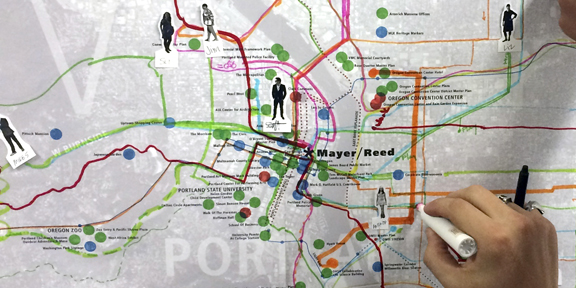 Mayer/Reedies used them all! We are happy to see that we traveled by bicycle more than any other mode of transportation and only 30% of commutes were by single occupancy car. Here’s looking forward to doing even better next year!
Mayer/Reedies used them all! We are happy to see that we traveled by bicycle more than any other mode of transportation and only 30% of commutes were by single occupancy car. Here’s looking forward to doing even better next year!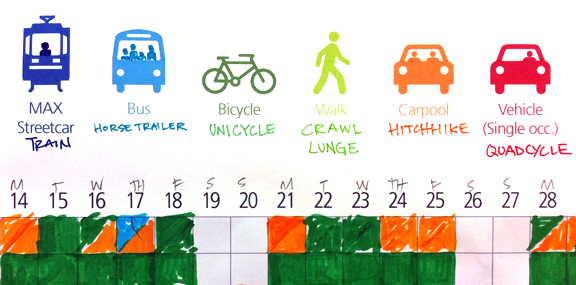
Orange Line Opens – What a Ride!
 Congratulations to TriMet on completing the MAX Orange Line! And what a ride it’s been! After years of planning and design involving multiple public agencies, communities and design professionals, the light rail line and Tillikum Crossing Bridge opened to public festivities on September 12.
Congratulations to TriMet on completing the MAX Orange Line! And what a ride it’s been! After years of planning and design involving multiple public agencies, communities and design professionals, the light rail line and Tillikum Crossing Bridge opened to public festivities on September 12.
Mayer/Reed is proud to be part of an effort that pushed the project beyond just moving commuters between Portland and Milwaukie, Oregon. TriMet’s commitment to an in-depth public process, bicycle and pedestrian connectivity, public art, sustainable design and high quality rider amenities allowed the design team’s response to weave the new line and its stations into the fabric of the neighborhoods along the 7.3 mile corridor.
Soon station areas will buzz with activity as people incorporate the new connections and community improvements into their daily lives. We look forward to seeing how this public transit infrastructure becomes a catalyst for economic vitality in the region!
Catch the Orange: Pattern & Texture
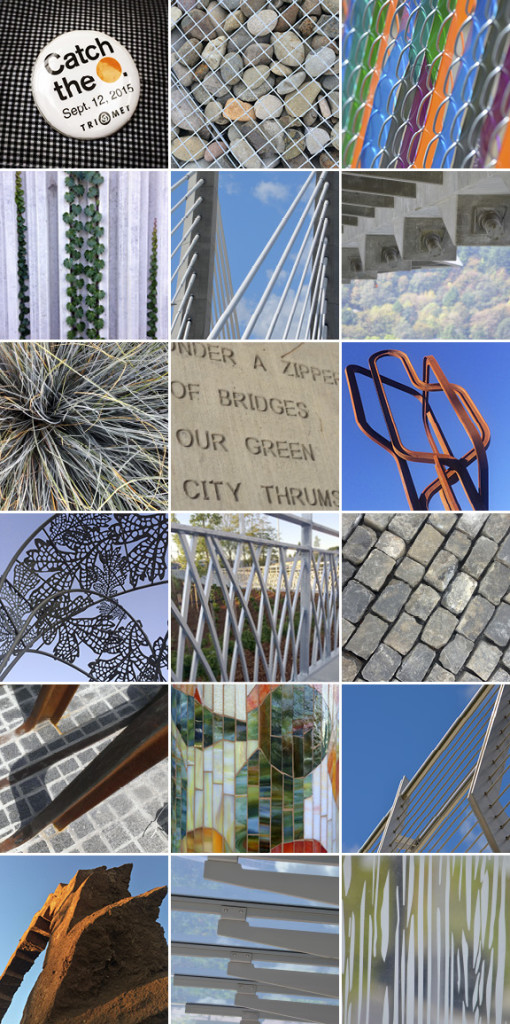 In celebration of the Orange Line opening, our latest studio artwall installation is on display at Mayer/Reed. In its eighth year, the artwall is a rotating, collaborative display of staff submissions focused on a theme.
In celebration of the Orange Line opening, our latest studio artwall installation is on display at Mayer/Reed. In its eighth year, the artwall is a rotating, collaborative display of staff submissions focused on a theme.
Crossing the Tilikum Crossing
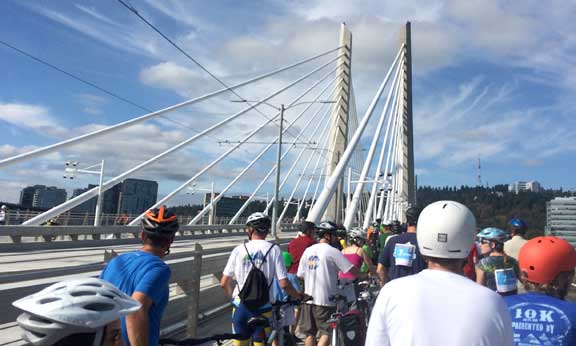 Mayer/Reedies joined over 40,000 people who walked, biked or rolled over the Tilikum Crossing during Bridge Pedal 2015. It was a beautiful day and amazing way to celebrate our city of bridges.
Mayer/Reedies joined over 40,000 people who walked, biked or rolled over the Tilikum Crossing during Bridge Pedal 2015. It was a beautiful day and amazing way to celebrate our city of bridges.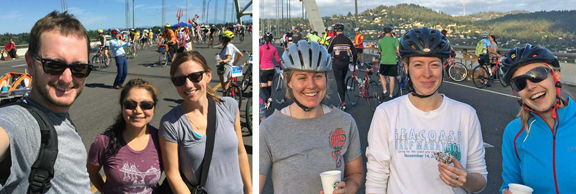 We’re counting down to the opening of Portland’s newest bridge—just one month from today!
We’re counting down to the opening of Portland’s newest bridge—just one month from today!
